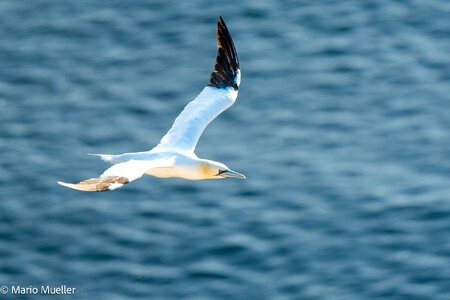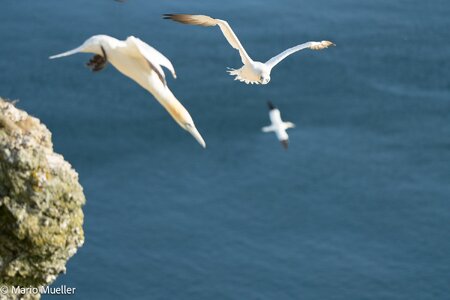Pro Member
- Followers
- 4
- Following
- 0
- Joined
- Jan 28, 2023
- Posts
- 251
- Likes Received
- 1,010
- Trophy Points
- 143
- Name
- Rick Veazey
- Country
- United States
- City/State
- Greenville, SC
- CC Welcome
- Yes
I was watching a ruby-throated hummingbird at my feeder and then saw him fly over to to harass a praying mantis that was hanging upside down on the shepherd's hook.





- ILCE-7RM5
- FE 70-200mm F2.8 GM OSS II
- 200.0 mm
- ƒ/2.8
- 1/1600 sec
- ISO 5000
- ILCE-7RM5
- FE 70-200mm F2.8 GM OSS II
- 200.0 mm
- ƒ/2.8
- 1/1600 sec
- ISO 4000
- ILCE-7RM5
- FE 70-200mm F2.8 GM OSS II
- 200.0 mm
- ƒ/2.8
- 1/1600 sec
- ISO 3200
- ILCE-7RM5
- FE 70-200mm F2.8 GM OSS II
- 200.0 mm
- ƒ/2.8
- 1/2500 sec
- ISO 8000
- ILCE-7RM5
- FE 70-200mm F2.8 GM OSS II
- 200.0 mm
- ƒ/2.8
- 1/2500 sec
- ISO 5000


